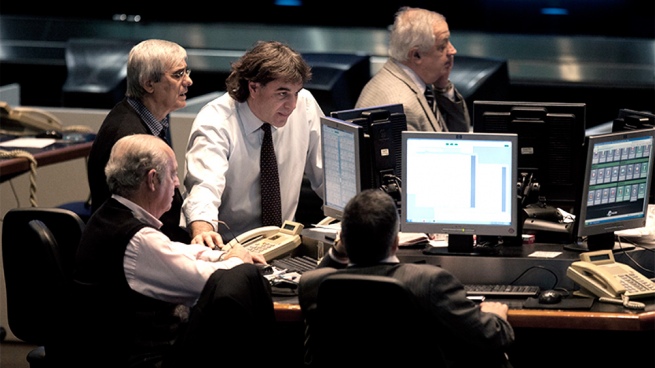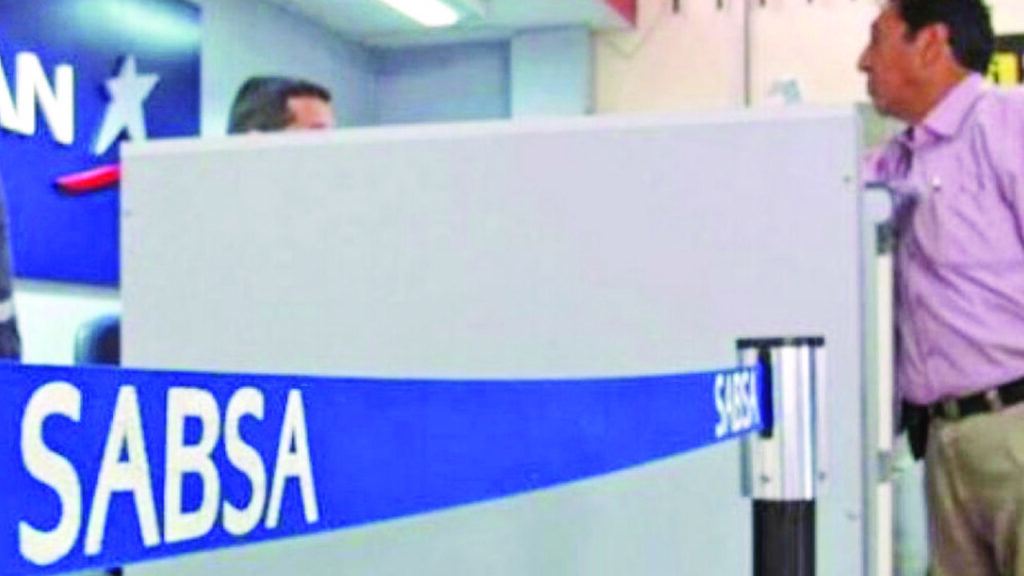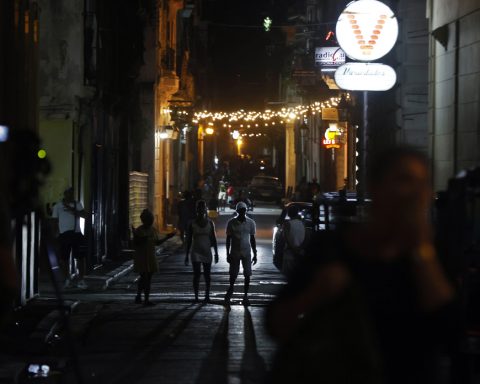The stock dollars -counted with liquidation and MEP- operated with drops of up to 5%, propping up the trend of the week, and the bonds in dollars left increases of 35 cents, driven after the half sanction in the Chamber of Deputies to the project that supports the agreement with the International Monetary Fund (IMF) for the restructuring of the debt contracted by former president Mauricio Macri.
Analysts consulted by Télam pointed out that the market expects “a strong boost” from Argentine assets, with which it is finally possible to start talking about a “floor” in terms of national equity prices.
As of the official announcement of understanding made by the national government together with the Fund on March 3, the financial dollars maintained a downward trend as a result of the market “calming down” in the face of the rapprochement of positions between the administration of Alberto Fernández and the international body.
Market activity and indicators
This way, The price of the official dollar closed at $113.69 on average, with which it accumulated an increase of 80 cents throughout the week, equivalent to a rise of 0.70% compared to last Friday..
In the stock market, the Settled Counted Dollar (CCL) traded down 5% to $190.00 and the MEP fell 4.6% to $187.33.
For its part, in the informal segment, the so-called “blue” dollar was negotiated with a decline of two pesos, to $201 per unit, with which it remained unchanged in the last five business days.
In the wholesale segment, the price of the US currency marked an increase of 11 cents compared to its last settlement, at $108.88, while during the week it increased 75 cents (0.88%).

Thus, the dollar with the 30% surcharge -considered in the Country tax-, marked an average of $148.84 per unit; and with the advance payment on account of the Income Tax of 35% on the purchase of foreign currency, the average value was $188.90.
Market sources estimated that the monetary authority ended today with a positive balance of around 5 million dollars.
“In the week (the BCRA) bought some US$375 million and in the month it accumulated a little more than US$465 million,” explained Gustavo Quintana, an analyst at PR Corredores de Cambio.
In the public debt segment, bonds in dollars rose 35 cents on average along the curve and posted gains of 5% on average for the week.
CER-adjusted peso bonds ended unevenly, with rises of 0.3% in the short tranche, falls of 0.5% in the medium tranche, and increases of 0.6% in the long tranche. Thus, during the week, the Boncer accumulated rises of 0.75% in the short section and falls of 1.5% in the medium and long section of the curve.
In this context, the country risk fell 2.1% to 1,796 basic points.
At the stock market level, the Buenos Aires stock market fell 1.42% today, in line with the reference markets that closed the session with negative results as a result of the little progress in the diplomatic negotiations between Russia and Ukraine.
The losses of the leading shares were led by Pampa Energía (-5.16%); Macro Bank (-3.68%); Holcim (-3.31%); Northern Gas Carrier (-2.71%); and Supervielle Group (-2.53%).
The increases, for their part, corresponded to Sociedad Comercial del Plata (4.04%); Cresud (2.02%); Ternium (1.40%); Grupo Financiero Valores (1.36%); and Cablevisión (0.23%).
In New York, the papers of Argentine companies ended the session with most results in the red, among which Pampa Energía (-5.2%) stood out; Free Market (-4.3%); Macro Bank (-3.4%); YPF (-3.3%); and Transportadora Gas del Sur (-2.6%).
In the opposite direction, the gains were led by Edenor (1.9%); Ternium (0.9%); Globant (0.4%); Irsa Commercial Properties (0.4%); and Corporation America (0.2%).















